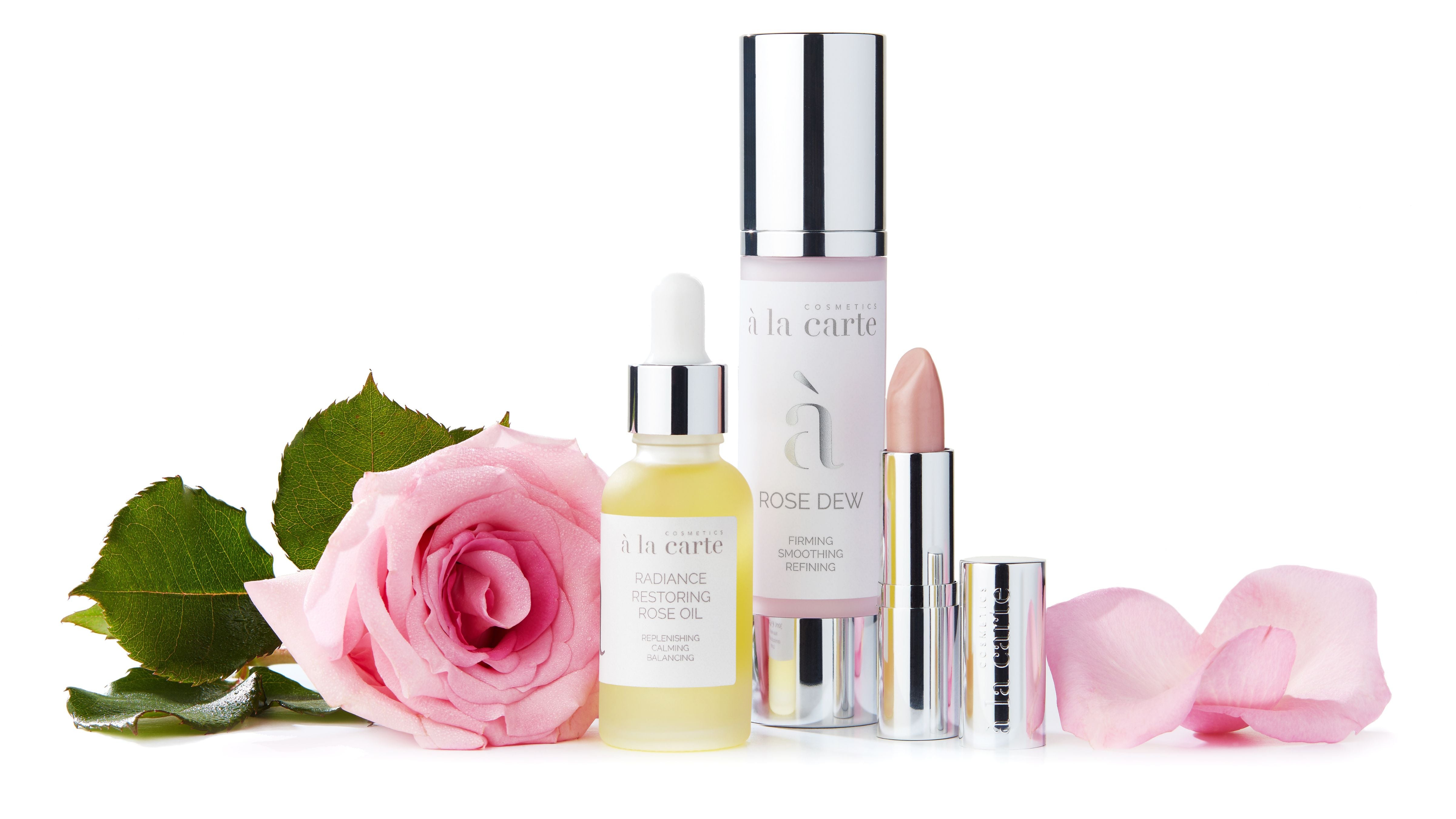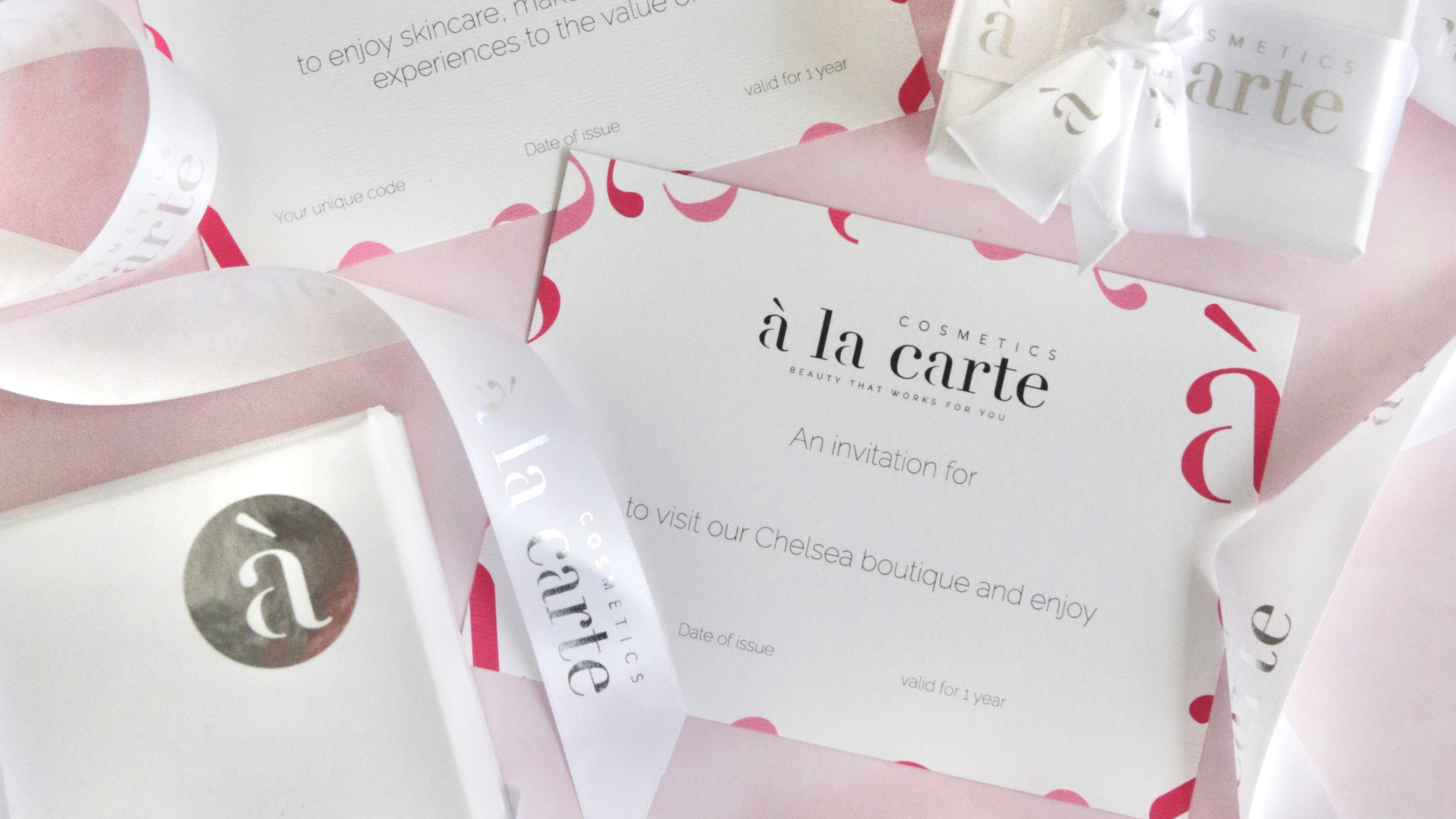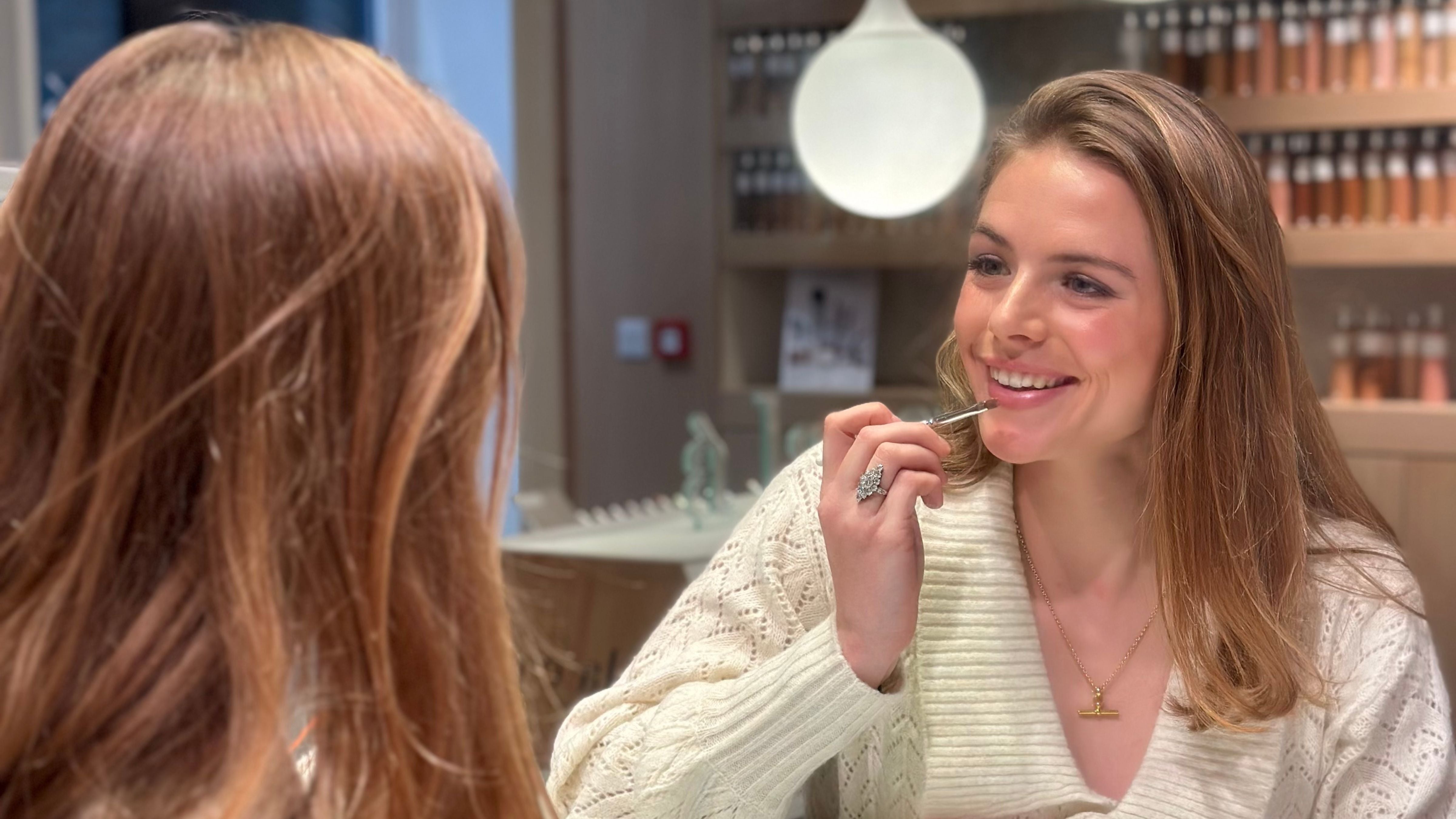

Introduction
Lynne Sanders, Cosmetic Scientist and Founder of Cosmetics à la Carte, and Dr Elizabeth Hawkes, Chelsea-based Consultant Ophthalmic and Oculoplastic Surgeon, combine their expertise to create a comprehensive guide to tackling puffiness under the eyes – a common and persistent condition that bothers many of us.
Dr Elizabeth Hawkes is a London-based Consultant Ophthalmic and Oculoplastic Surgeon. Find out more about her expertise and services relating to eye health and facial aesthetics on her website.

What causes puffy eyes?
Dr Elizabeth explains that puffiness is driven by the anatomy of the eye and how it changes over time.
"The eyeball is in a bony socket called the orbit which is cushioned in fat. The fat is held back and supported by a structure known as the orbital septum, which is paper thin.
Over time, the septum weakens and the orbital fat prolapses forward causing eyebags."
Dr Elizabeth adds that puffiness can also sometimes be triggered by ocular diseases such as styes, blepharitis and conjunctivitis which can be secondary to infection, allergy and hayfever. Medical conditions such as thyroid dysfunction and lymphoma can also cause eyelid puffiness.
Puffiness can, she adds, also be triggered or worsened by lifestyle factors such as “lack of sleep, allergies, smoking, nasal congestion, dehydration and eating too much salt.”
But, if you have noticed puffiness or folds in your cheek area rather than immediately under the eye, these are known as festoons, or malar mounds. These are associated with poor lymphatic drainage.
What makeup can help with puffy eyes?
As someone with puffiness herself as well as experience with thousands of clients, Lynne Sanders has the following makeup tips for minimising eyebags:
“I recommend a 2-step approach. Puffy eyes tend to look one shade lighter than the rest of your face.
So firstly, you should correct the lightness back to your usual skin tone. Use your foundation or a shade of concealer that matches your skin tone. This will hide the puffs in plain sight."

Secondly, vanish any remaining shadows – which in the case of puffiness tend to follow the orbital bone - with a brightening concealer one shade lighter than your skin tone. Apply this into the inner socket, along the orbital bone, and at the outer corner.”
Lynne recommends the “tap and pat” technique of tapping one or two dots directly from the concealer wand and patting gently into the skin or using a soft yet precise brush like the Cosmetics à la Carte Shadow Brush.
She also advises against applying the concealer too close to your waterline and lashes: “puffy eyes can be quite watery too, and it’s best not to aggravate the tear ducts further.”
Our recommended concealer for puffy eyes
Cosmetics à la Carte’s buildable Future Flawless Concealer (available in 16 shades and bespoke) is a good choice for puffy eyes as a little goes a long way and the coverage can be adjusted to suit you. It’s also perfume-free, so it’s unlikely to trigger any sensitisation reaction that could worsen puffs.
What skincare is recommended for puffy eyes?
Eye cream is often the main product recommended by default for all age-related eye concerns.
But Lynne Sanders advises caution in the case of puffiness: “A rich cream will moisturise but is also likely to occlude the skin. This may help fill out fine lines, and make skin look smoother, but it can also exacerbate puffs and bags”
Rapid Renew Eye Serum
Lynne prefers a gel-based serum formula for the eye area such as Cosmetics à la Carte’s Rapid Renew Eye Serum, formulated with skin hydrating, soothing and toning ingredients including Vitamin B3 (Niacinamide), Ceramides and Hyaluronic Acid.
Its rollerball delivery mechanism also delivers dynamic massage, targeting one of the root causes of puffiness: circulation issues.
Rapid Renew Eye Serum
Lynne says: “I apply Rapid Renew in the morning by sweeping the roller applicator around my whole orbital area, including the eyelid, up to 4 times. I find it’s just as hydrating and smoothing as a cream, but it helps to soothe and minimise my eye bags.”
Can I treat puffy eyes medically?
According to Dr Elizabeth Hawkes, our first response to noticing undereye puffiness should, from a medical perspective, be to rule out infection and allergy by visiting an oculoplastic surgeon.
Following this assessment, if it turns out that other factors are at play, lifestyle adjustments may be advised including: getting more sleep; elevating your pillow slightly to reduce fluid build-up overnight; drinking more water; eating less salt.

If none of these give the desired result, there is also a surgical solution for lower eyelid puffiness, known as blepharoplasty
Lower eyelid blepharoplasty surgery is a highly skilled surgical procedure. The orbital fat can be approached via an internal incision and therefore scarless, and the fat can then be reduced and repositioned to achieve a smooth appearance of the under eye area.

Dr Hawkes also advocates the use of cold applications like ice globes – especially in the morning: “This gives a cold shock to the skin which results in increased blood flow to the targeted area,” she explains. “More blood essentially means more oxygen and a richer nutrient delivery which in turn helps to flush away toxins and reduce water retention."
Ice globes serve to minimise inflammation and puffiness, promote lymphatic drainage, improve sinus pressure, reduce redness, and kick-start the circulation to give a radiant glow to the skin – not unlike a cold shower for the face!
But these should be used sparingly, for no more than 5 minutes each morning, to avoid any damage from over-exposure to a cold surface.
As an alternative to ice globes, Lynne Sanders recommends storing your Cosmetics à la Carte Rapid Renew Eye Serum in the refrigerator overnight. This will ensure the metal roller is refreshingly cool, and the action of applying it will help to minimise puffs.



























